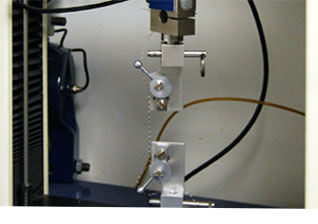

July 12 2018

In the last two installments of this series, we reviewed the different weave patterns in reverse Dutch twill weave (RDW) screen and the important factors to consider when selecting the correct mesh size for your application. Now the discussion will turn to the importance of quality screen construction and how skimping on higher grade screen can cost you in the long run.
A Continuous Belt Screen changer can deliver uniform extrusion pressures, varying as little as ±20 PSI. To accomplish this level of performance the screen changer must be able to reliably advance the screen at regular intervals. To do this, a sufficiently large force must be applied to the screen to overcome the friction between it and the breaker plate that results from the pressure the polymer melt applies to the screen as it passes through the pores in the mesh. Choosing “economy” screen made of lower strength wire can result in a tear when tension is applied during the screen advance sequence. Anyone who has experienced a torn screen will instantly regret not using a higher quality screen when facing lost production time due to a complete line shutdown and the added frustration of cleaning up the resulting mess.
We know the pain of having a screen fail. We’ve tested economy screens on the screen changers in our melt filtration lab and let’s just say they didn’t perform to the high standards we expect from an RDW screen. We also tensile tested each of these lesser screens and the results were shocking. Over half of the economy screen received was not able to pass our strict tensile strength requirement, with their tensile strength averaging 20% below our requirement.
So, is it worth the savings? Absolutely not! In one of our previous articles we analyzed the cost of good quality RDW screen and revealed that the screen can produce 2,194 Ibs. of product for every $1.00 of screen consumed. The cost of screen is inexpensive compared to the cost of a line shut down for 3-5 hours. Downtime can not only ruin your day but also ruin your bottom line.
At Key Filters, our screen is rated at a minimum of 190,000 PSI and each roll of screen is tensile tested in accordance with our quality controls to guarantee this rating. Not only do we test our screens to confirm required tensile strength, but we also enforce high standards for screen cleanliness. Belt screen is expected to filter out impurities but lower quality screen is often coated with residual oils or dirt/dust particles that can contaminate the polymer melt. In most applications this is simply unacceptable.
In the fourth and final installment to the “Factors for Choosing Screen” series we’ll look at some of the value-added features that a good quality screen should offer.